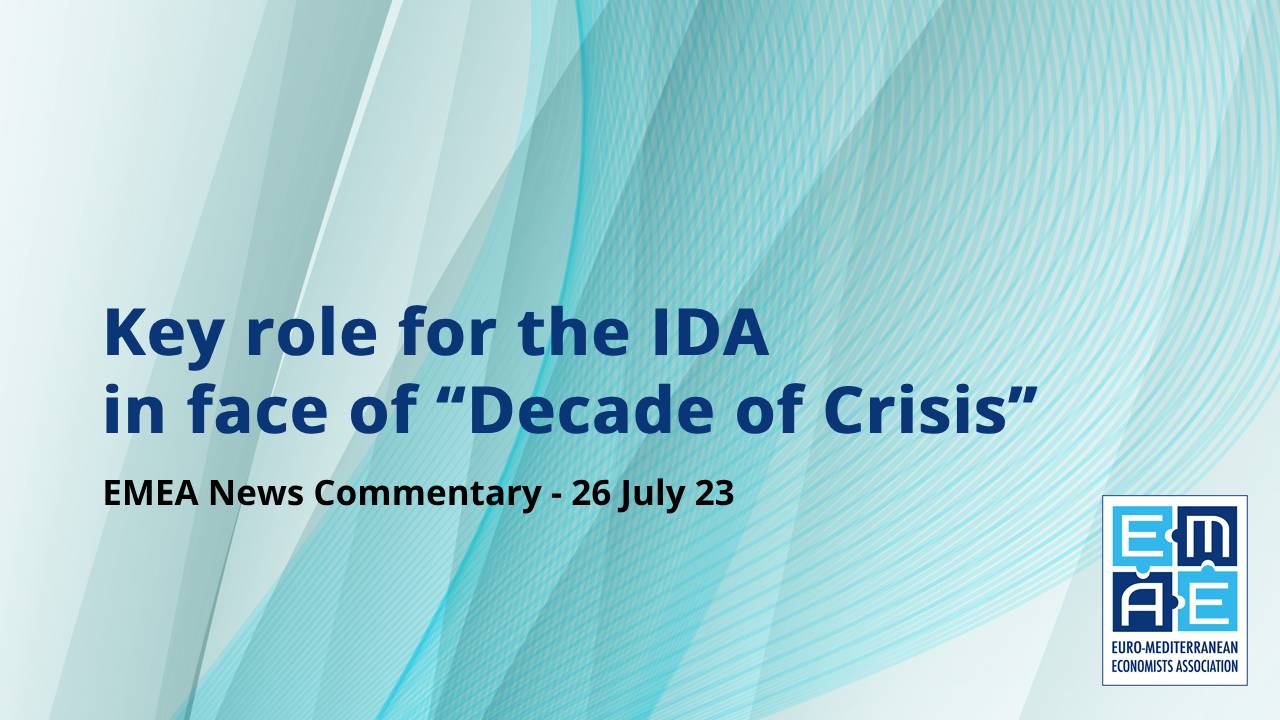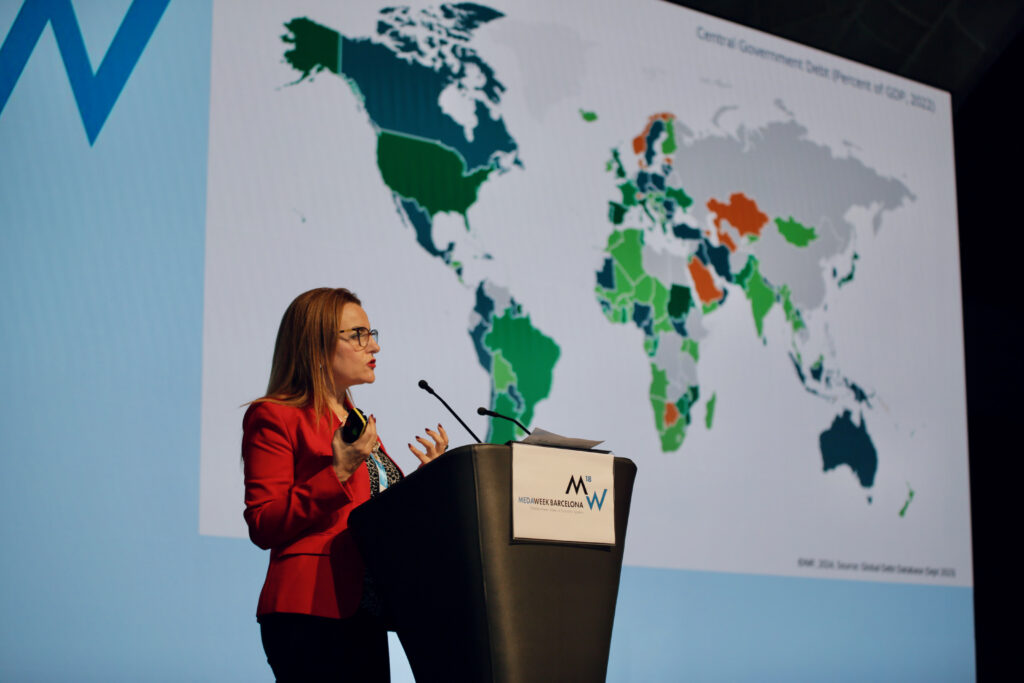Given the world’s poorest countries face a “Decade of Crisis”, the World Bank’s International Development Association (IDA) should be the fulcrum of the solution, according to a report from the Centre for Global Development (CGD).
For low-income nations battling to save their lives and livelihoods, the IDA – as their largest single source of development finance – now needed to step forward with an ambitious plan, urged the report.
Coupled with significant economic challenges caused by Covid and the Ukraine war, countries had now been confronted with the worst climate events in over two decades, said the CGD.
Furthermore, the US Federal Reserve and European Central Bank had “not only exported inflation to the developing world but have led to massive and unpredictable increases in debt service obligations.
“But development finance over the last 25 years has not delivered the scale and impact needed to improve lives and livelihoods at scale.”
The major priority for low-income countries was gaining access to consistent, predictable low-cost flow of resources, the CGD wrote.
Call for a new development model partnership
The CGD said urgency needed to be given to the development challenge and there was a rapid need for innovation. US Treasury Secretary Janet Yellen’s recent call for more collective ambition was timely and accurate.
Increases in the scale of resources and speed of deployment was required to address the polycrisis, reverse the climate crisis and build prosperous societies. “The development challenge faced by countries is also a climate challenge—one cannot be won without the other.”
Overcoming these challenges would require a different growth model, “one that endogenises climate and works to build complementarities between more sustainable infrastructure models, more robust education systems and health systems, more resilient housing for the cities, and better agriculture and waste management,” recommended the CGD.
Such leveraging would facilitate a new kind of industrialisation creating more and better jobs, fast-tracking the transition to cleaner and greener economies, and making the “off-track” Sustainable Development Goals (SDGs) more achievable.
But whilst the IDA was the only certain source of sustainable long-term financing it “alone cannot meet the plethora of multiplying development challenges facing low-income countries today,” the report recognised.
Tripling of IDA resources
To enable struggling countries to get back on track, a new development partnership was needed. Multilateral banks and their shareholders, plus bilateral aid agencies, philanthropy and the private sector, would have to work together to scale and accelerate the green growth transformation.
An “incremental approach” wouldn’t deliver the much-needed rapid results and the international response to date had been slow and inadequate. The CGD note referenced the 2022 Songwe, Stern, Bhattacharya Climate Finance Report calling for $2.4 trillion dollars a year between now and 2030 to deal with the climate crisis for emerging and low-income countries, excluding China. Of this $2.4 trillion, $1 trillion would need to come from external sources, including a tripling of annual flows from the multilateral development banks (MDSs).
“Recognising its vital role at the centre of this scale up, for IDA, we call for a corresponding tripling of donor contributions from 2012 levels by 2030 to enable overall tripling of IDA resources to $279 billion by IDA22 (2029–2031),” said the CGD paper.
Falling Donor Contributions
IDA replenishment contributions had been consistently falling over the last 10 years from the likes of the G7, G20 and OECD – despite the global recognition of the importance of supporting low-income countries in the face of challenges. Particularly troubling was that IDA contributions had declined, despite donor economies growing significantly.
All donor countries would need to commit to tripling their IDA allocations from their 2012 peak, said the CGD, to give IDA a chance of achieving its overall $279 billion replenishment package by 2029. A first and important step would be to top up IDA20, to stick to its FY23–FY25 $38 billion commitments, the paper highlighted.
Innovations to meet outsized demand
According to the CGD, to meet current demand, there were several ways IDA could stretch its balance sheet and provide additional resources to countries. This included the further differentiation in pricing for different categories of IDA countries, based on market access.
Whilst market access was important, at “unsustainable rates” it merely accelerated debt distress. “With grace periods, longer maturities and significantly lower interest rates than what the market provides, IDA has room to raise rates for countries with solid macroeconomic and debt sustainability frameworks, whilst still ensuring that its credits are significantly cheaper than market borrowing.”
Capacity building and social contracts
In addition to capacity building strategies, it was suggested that IDA could also provide market access-oriented technical assistance grants and work alongside bilateral donors, philanthropy and other like-minded NGOs. All this, however, would require a revamped MDB system with substantial additional resources.
Building a new social contract between shareholders, countries, IDA and the private sector was crucial for the success of any accelerated response to the development challenges at hand and the achievement of the SDGs.
US Senate approval for global development funding
Meanwhile, on the subject of first world lending to support third world humanitarian and climate funding, the U.S. Senate Appropriations Committee has just approved a bi-partisan foreign affairs budget bill worth $61.77 billion towards financing major global development and diplomacy programmes.
The Senate’s proposal exceeds by nearly $10 billion the $52.5 billion previously agreed in the House.
The bill is designed to increase humanitarian assistance and food aid, whilst maintaining global health funding and acting as a counter to China’s economic and development policies.
Included would be a new $565 million multi-agency Economic Resilience Initiative, to strengthen economic resilience and growth, with funding to improve public financial management, reduce debt distress and increase investments in sustainable infrastructure. This will “ensure partner countries have credible, sustainable alternatives to predatory lending and other forms of coercive or substandard finance.”
The US Treasury Department has also been allocated new funding to support multilateral development banks (MDBs), to improve access to finance for infrastructure projects and energy transition initiatives.
Although the Senate’s allocation shows a slight funding reduction from 2023, the U.S. isn’t allowed to contribute more than one third of the organisation’s funding and the figure reflects this – given that other donors haven’t matched the initial U.S. pledge.
Meanwhile, the final bill still needs to gain approval in the House and Senate before the financial aid package is confirmed.
Bipartisan foreign affairs budget bill sails through US Senate committee | Devex





